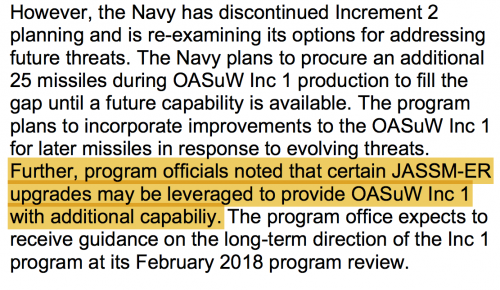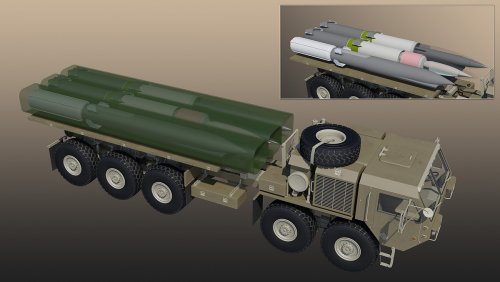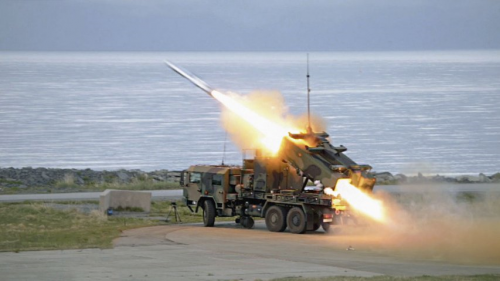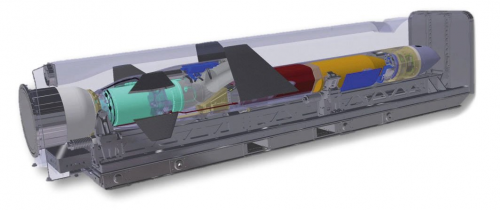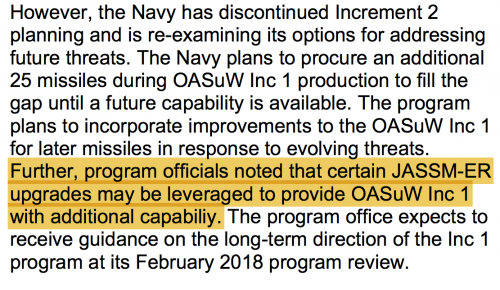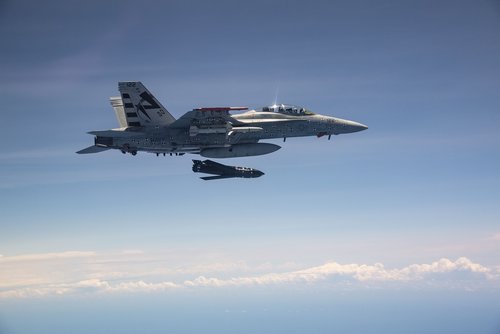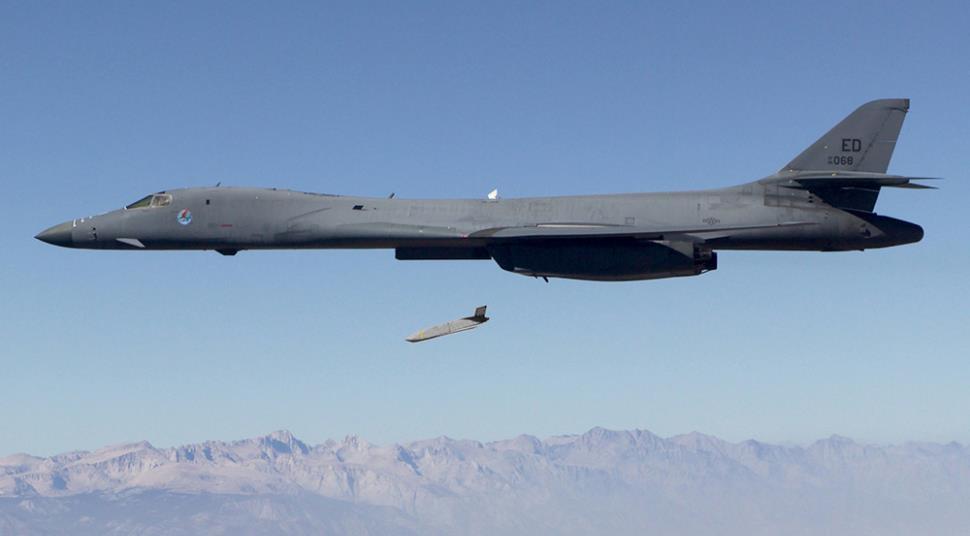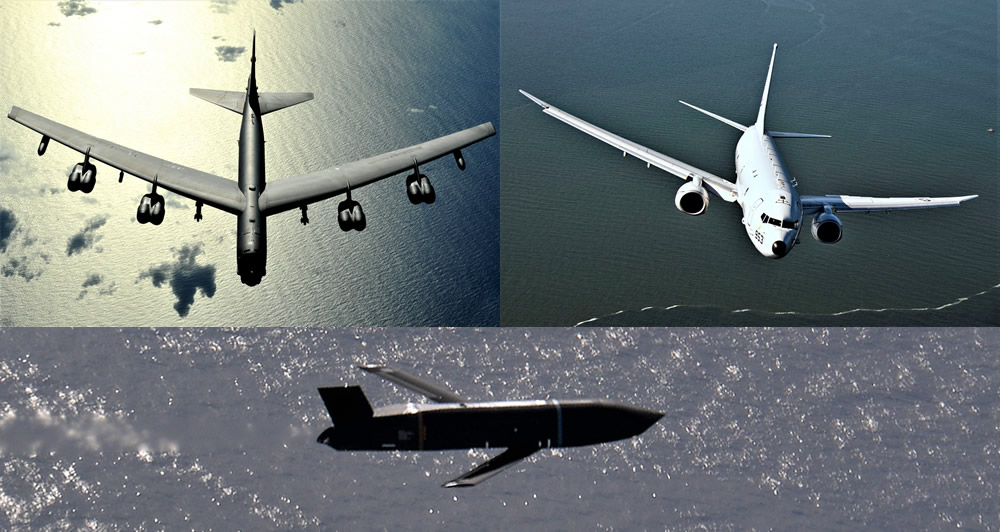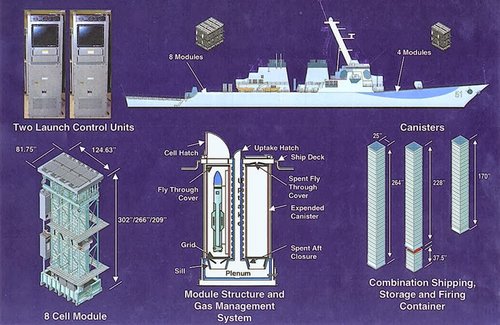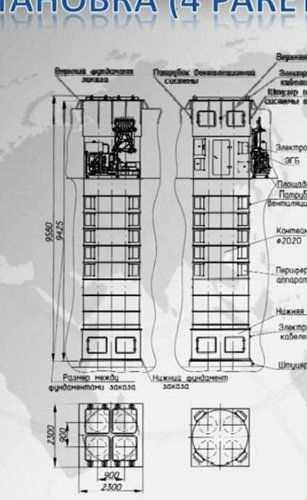marauder2048
"I should really just relax"
- Joined
- 19 November 2013
- Messages
- 3,157
- Reaction score
- 926
Cross-posting from JASSM-XR:
Lot 18 JASSM sources sought mentions 40 JASSM-D missiles.
https://www.fbo.gov/index.php?s=opportunity&mode=form&id=ededbd9a7f9308da4fadaa052b7fcb73&tab=core&_cview=0
A Lockheed jobs posting had:
"Responsible for capture and successful execution of JASSM development programs, to include new
Wings and cross program missile control unit (MCU). Successful execution of these technology
upgrades is critical to the fielding of the next variant of JASSM (D Variant) and LRASM.
My emphasis but consistent with the inference from GAO's remarks upthread.
Lot 18 JASSM sources sought mentions 40 JASSM-D missiles.
https://www.fbo.gov/index.php?s=opportunity&mode=form&id=ededbd9a7f9308da4fadaa052b7fcb73&tab=core&_cview=0
A Lockheed jobs posting had:
"Responsible for capture and successful execution of JASSM development programs, to include new
Wings and cross program missile control unit (MCU). Successful execution of these technology
upgrades is critical to the fielding of the next variant of JASSM (D Variant) and LRASM.
My emphasis but consistent with the inference from GAO's remarks upthread.

